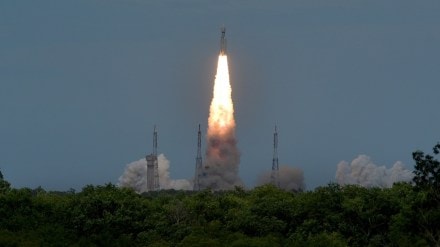The Indian Space Research Organisation (ISRO) on Wednesday revealed that the Chandrayaan-3 successfully underwent another orbit reduction maneuver and is now even closer to the lunar surface. However, the critical phase of the mission is yet to begin, and we are here to shed some light on it.
The Vikram lander is set to touch down on the Moon on August 23. Indian Space Research Organisation Chairman S Somanath told PTI that ISRO did not encounter any challenges within the first 100 km. However, he revealed that the important challenge now lies in accurately determining the lander’s position from Earth, a critical aspect termed the orbit determination process, which holds paramount importance. Once accurate, it paves the way for seamless progression.
The ISRO chairman affirmed that their present efforts have been successful in achieving precise descent. The planned orbit adjustments are proceeding without any deviations. He said that this is highly encouraging, instilling hope for a successful outcome. Triumphant execution of this step is pivotal for the subsequent stages. The ongoing mission is progressing as planned with precise orbit adjustments and promising outcomes.
Lessons learnt from Chandrayaan-2
Somanath emphasized that lessons from the partially successful Chandrayaan-2 mission in 2019 have been instrumental. Insights from Chandrayaan-2 have led to refinements in Chandrayaan-3, leveraging moon images for improved positioning and expanded landing area calculations. Rigorous testing has been conducted to enhance contingency handling and resilience in the face of potential setbacks.
“We have gathered more intelligence to handle contingencies and failure. We went through an extensive testing programme to validate all of this,” Somanath told PTI.
